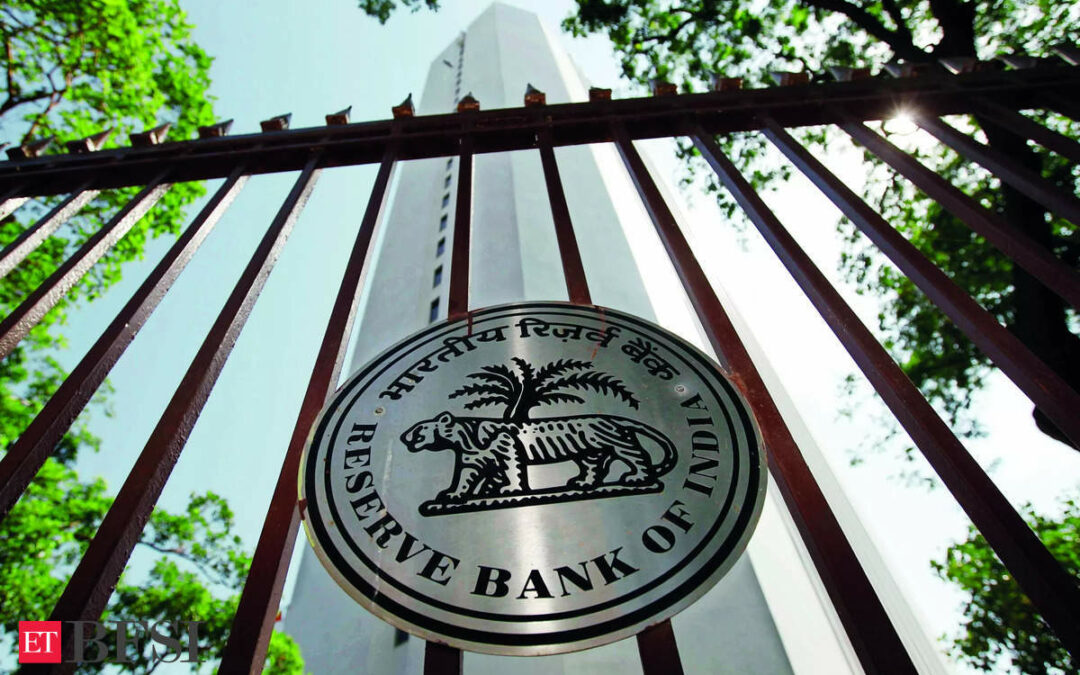The Reserve Bank of India’s (RBI) challenge for the rest of the year may not be inflation but liquidity. The resumption in government spending likely trimmed borrowing, and a surge in overseas fund flows could complicate the RBI’s task of keeping its monetary policies effective.
Liquidity – a tool more effective than policy rates – is likely to surge in the next few months after remaining tight for the past few quarters as the central bank focused on a steady withdrawal, spawning a deficit.
As inflation still remains a threat both in the West and at home, the RBI is unlikely to lower its guard – more so when the economy is firing on all cylinders. Last year it is estimated to have expanded at 8.2%.
But a resumption in government spending after a two-month suspension enforced by the model code of conduct is set to release funds into the system. The RBI’s generous payout of ₹2.1 lakh crore could itself become an issue to deal with. Investors estimated that the government’s cash balances with the RBI is about ₹3 lakh crore, which could flood the banking system in the next few weeks.
Furthermore, the US dollar inflows from investors who must lap up Indian bonds due to its inclusion in the JPMorgan Emerging Markets Index could leave the system with more rupee funds than ideal to deal with the price pressures at this point.
Investors estimate that nearly $10 billion of the anticipated $25 billion has already flowed in and the rest will come in the weeks ahead. The likelihood of Prime Minister Narendra Modi returning to power for the third time is set to trigger inflows into equities as well as the fear of missing out (FOMO) gathers momentum.
The brightening investment outlook will bring along with it the prospects of foreign direct investment, too. Various kinds of flows could be as much as $30 billion to $35 billion, flooding the system with funds.
“We expect the rupee to be the best performing Asian currency in 2024, as it has already been so far this year,” said Candace Browning, head of Bank of America Global Research. “We expect the rupee to appreciate to 83.0 to the US dollar by end-Q4. This may sound small but it is remarkable given the strong US dollar and the continued weakness we expect in other Asian currencies.”
The RBI must juggle these fundamentally positive things that pose a challenge to monetary management. In an earlier era when the country faced such a surge in inflows, the then governor suggested an imposition of Tobin Tax, to slow the flow of funds. It was suggested by economist James Tobin on spot currency conversions to curtain speculation.
Since then, the government and the central bank have evolved mechanisms to deal with excessive flows. While the conventional tool is to sell government bonds from its vault, other tools are the Market Stabilisation Scheme bonds and the Standing Deposit Facility.










